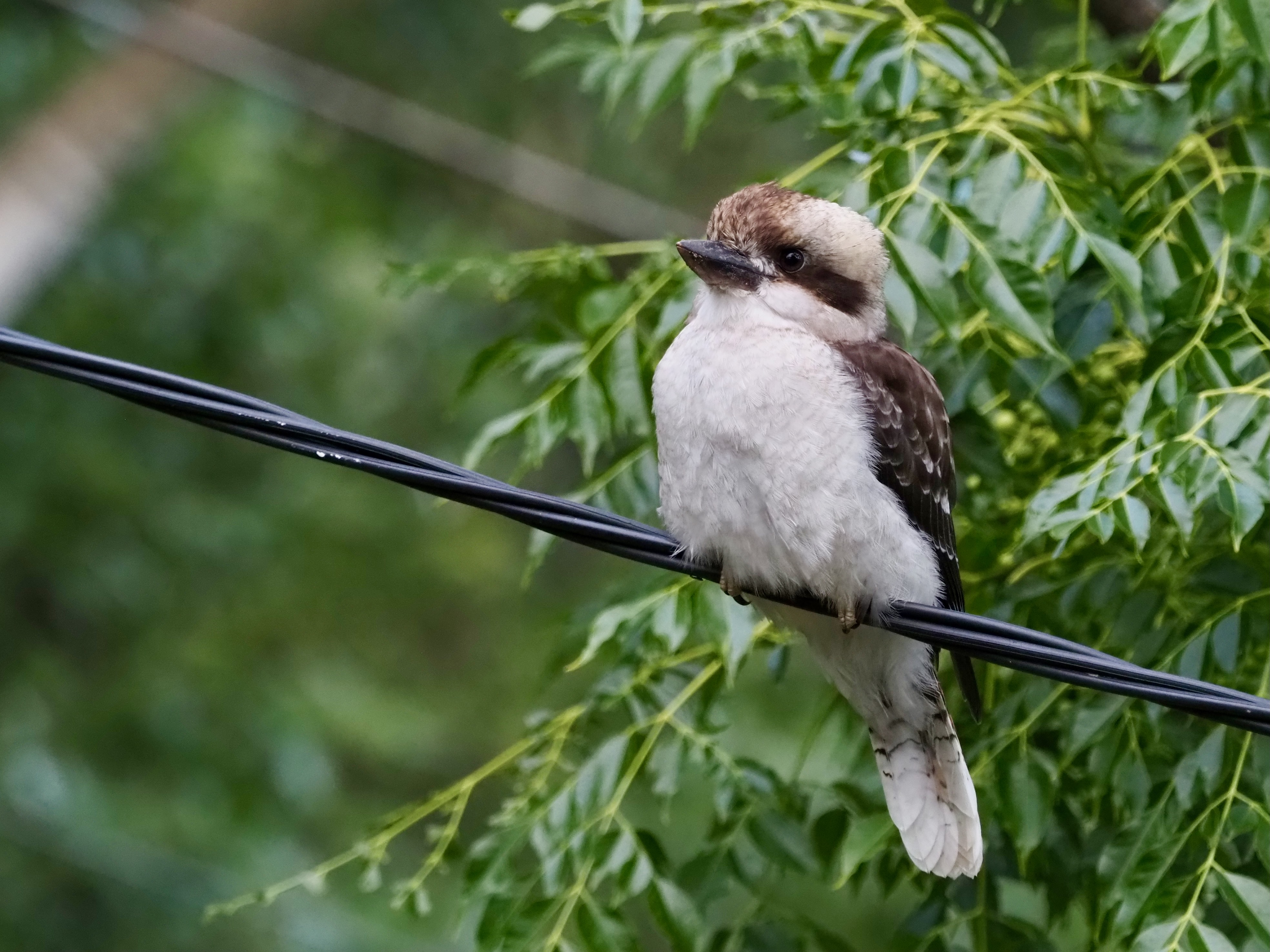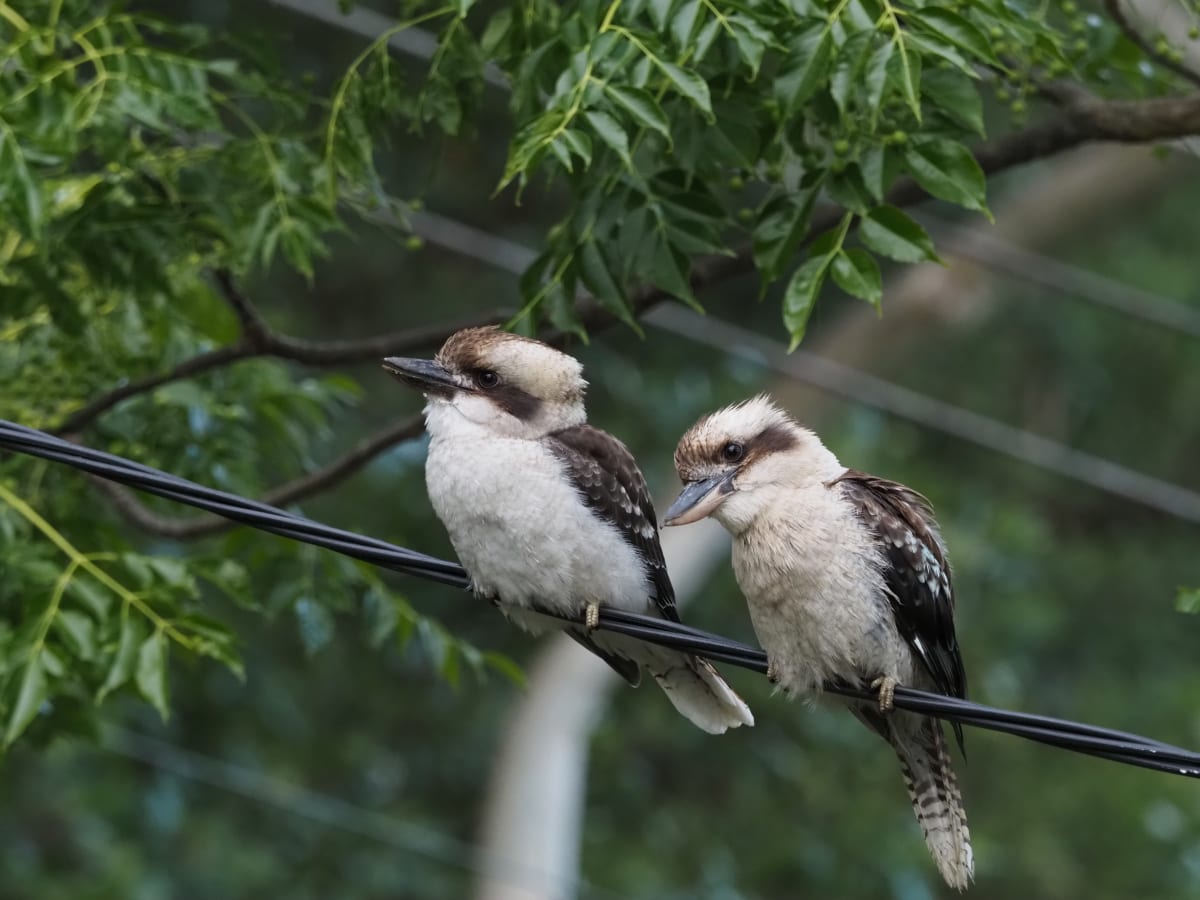Kookabubbas abound
If you’ve heard a rhythmic, rasping call amongst that of the local kookaburras, you may just have yourself a kookaBUBBA (that’s a baby kookaburra to the uninitiated). We’ve got a couple locally and they are noisy and with a seemingly...

If you’ve heard a rhythmic, rasping call amongst that of the local kookaburras, you may just have yourself a kookaBUBBA (that’s a baby kookaburra to the uninitiated).
We’ve got a couple locally and they are noisy and with a seemingly never-ending hunger (shout-out to our families with toddlers or teenagers!)
Kookabubbas are pretty easy to identify by looks alone. Their bill is all black, rather than the half black/half tan colour of the adults and they have a stubbier tail. Plus they’re ridiculously cute. Apart from all that noise of course. But ours are starting to learn to hunt themselves and they spend a bit of time sitting on our mulch pile, digging into it for worms and trying to snatch at lizards. The cicada shells are a lesson for them - if it was too easy to catch, it’s too good to be true, and the shells are generally, promptly spat back out.

It’s a hard start for kookabubbas though, with an alarmingly high incidence of siblicide within the nest (which is often a tree hollow and all the more reason why we need to keep old trees). Generally the mother will lay three eggs and the first two chicks to hatch will either take all the food, starving the youngest chick or they will aggressively peck at the hatchling and kill it.
So next time you're woken up by the sometimes ridiculously loud kookaburras, give them a break. They've likely had a really rough start to life.





